We could think of cemeteries as having two populations: the below-ground population and the above-ground population. The below-ground population—those who have crossed the river—reminds us that life is fragile. The above-ground population—cemetery statuary—reminds us that even death is fragile. Here are some of the worn and wounded at local cemeteries.
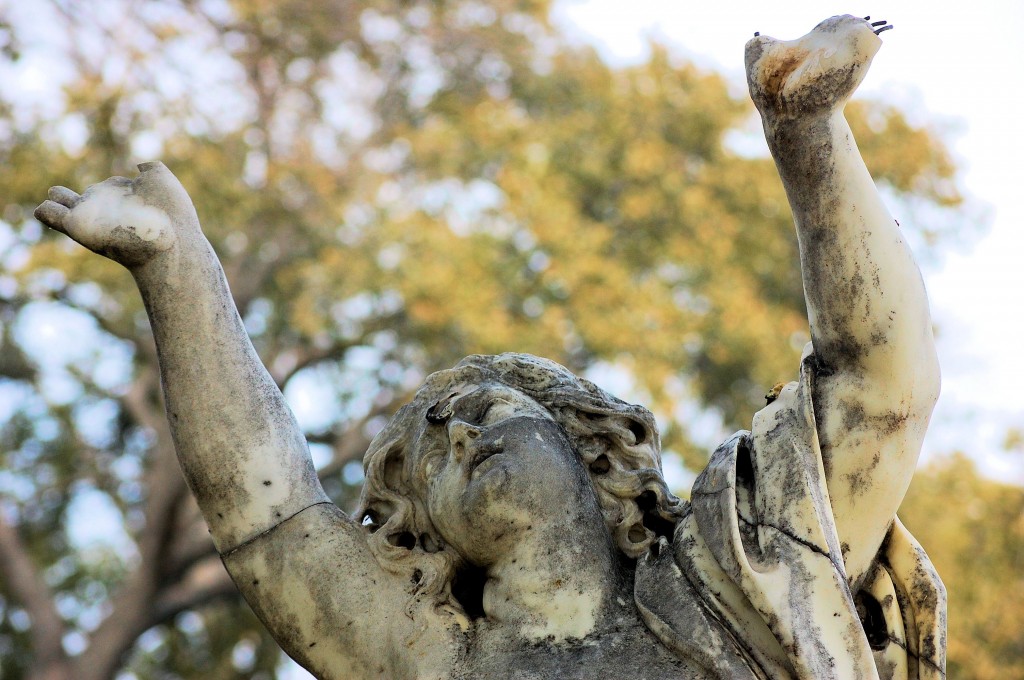 Greenwood. Fingers are especially vulnerable.
Greenwood. Fingers are especially vulnerable.
 Oakwood.
Oakwood.
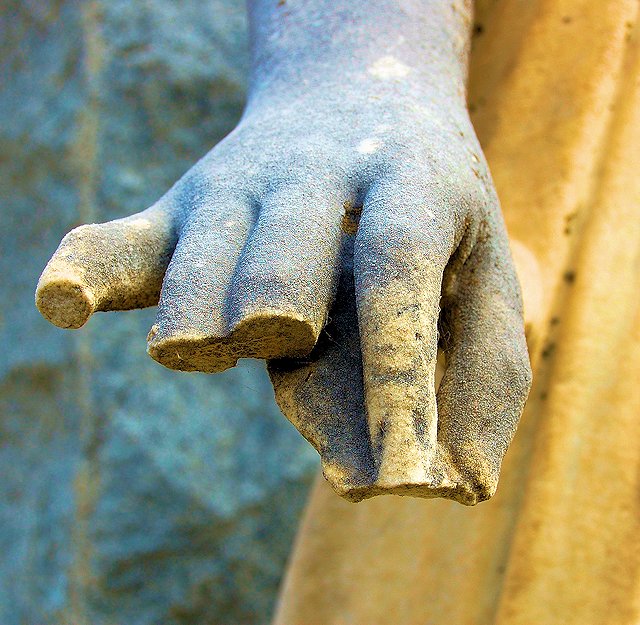 Oakwood.
Oakwood.
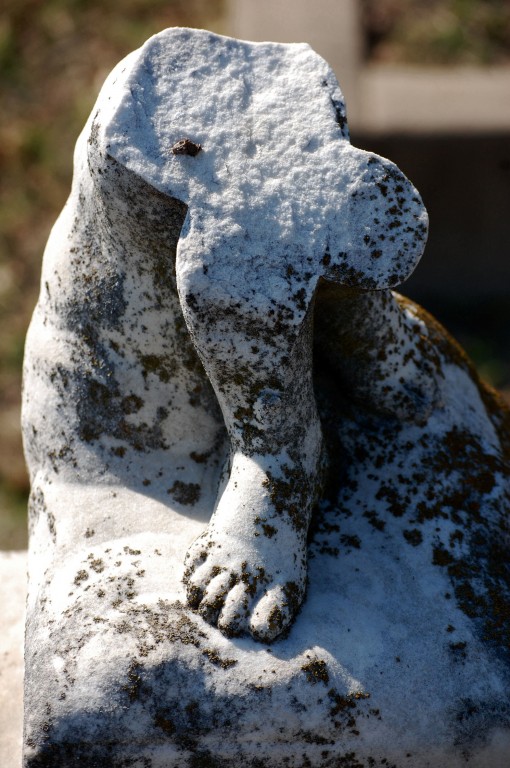 Oakwood.
Oakwood.
 Oakwood.
Oakwood.
 Oakwood.
Oakwood.
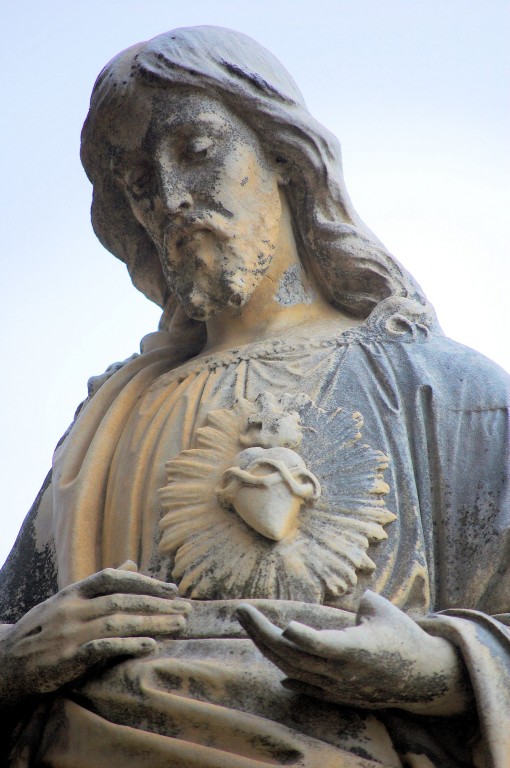 Oakwood.
Oakwood.
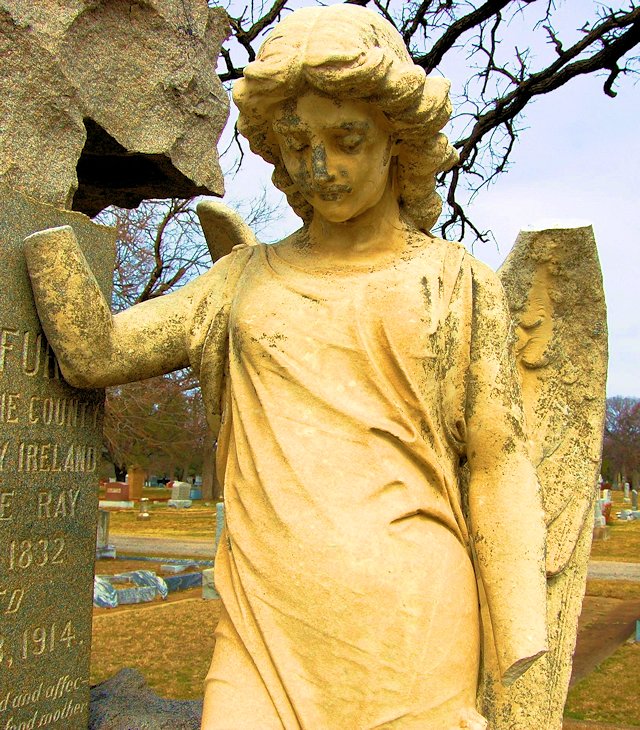 Oakwood.
Oakwood.
 Oakwood.
Oakwood.
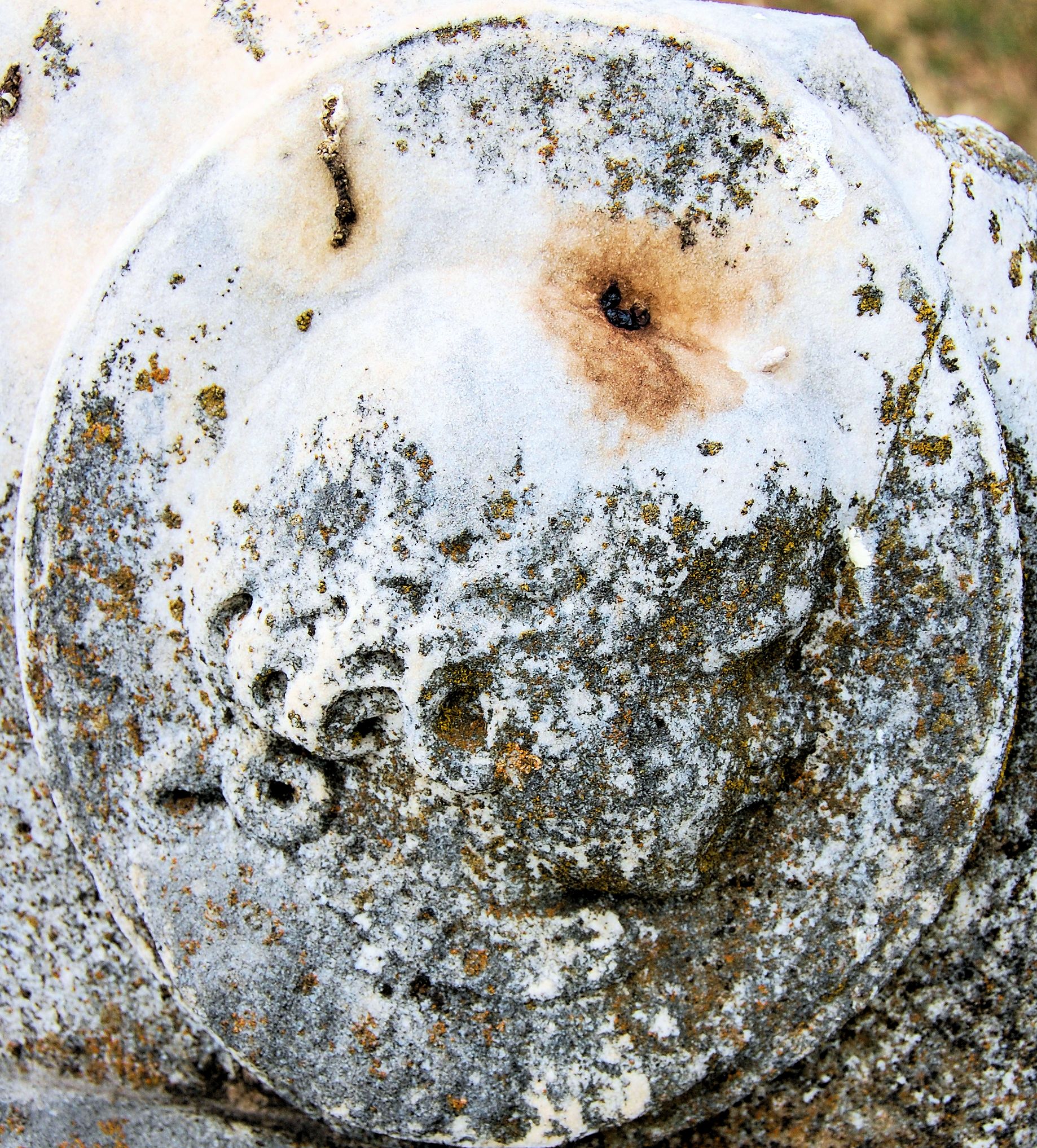 Lichen-etched profile of a child’s face at Oakwood. Shallow bas-reliefs are susceptible to weather wear.
Lichen-etched profile of a child’s face at Oakwood. Shallow bas-reliefs are susceptible to weather wear.
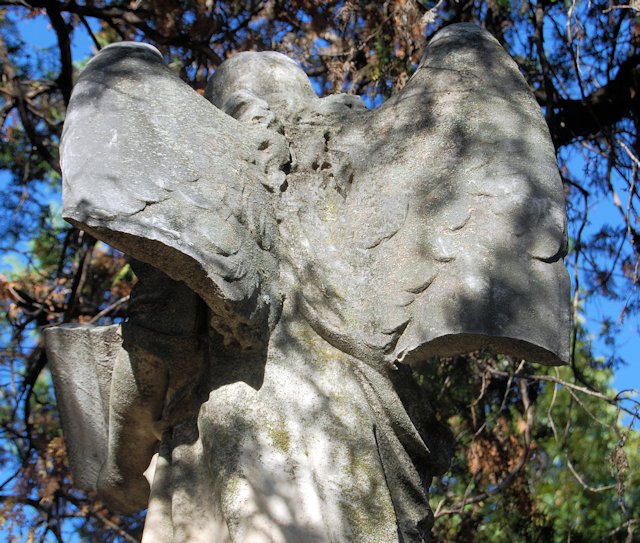 At Pioneers Rest an angel with broken wings.
At Pioneers Rest an angel with broken wings.
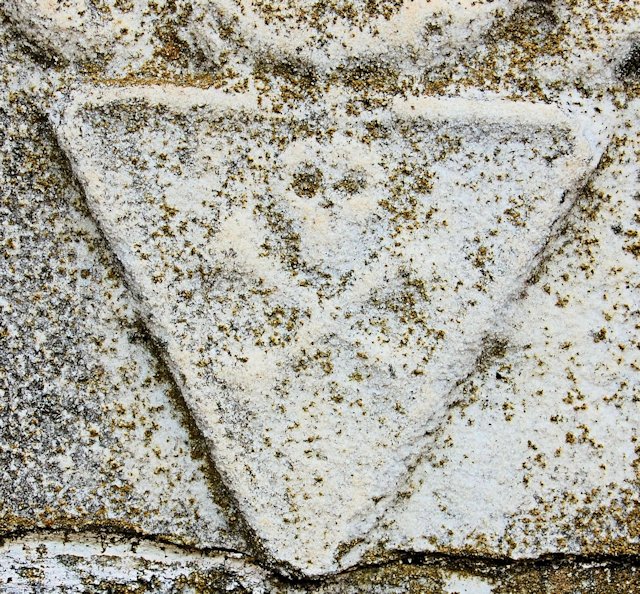 At Pioneers Rest even the skull and crossbones memento mori wears thin.
At Pioneers Rest even the skull and crossbones memento mori wears thin.

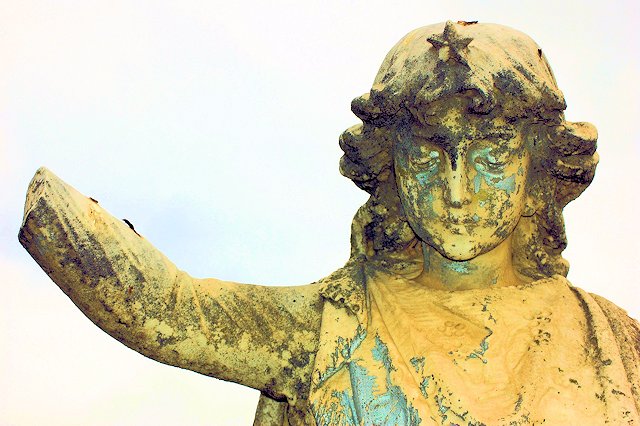
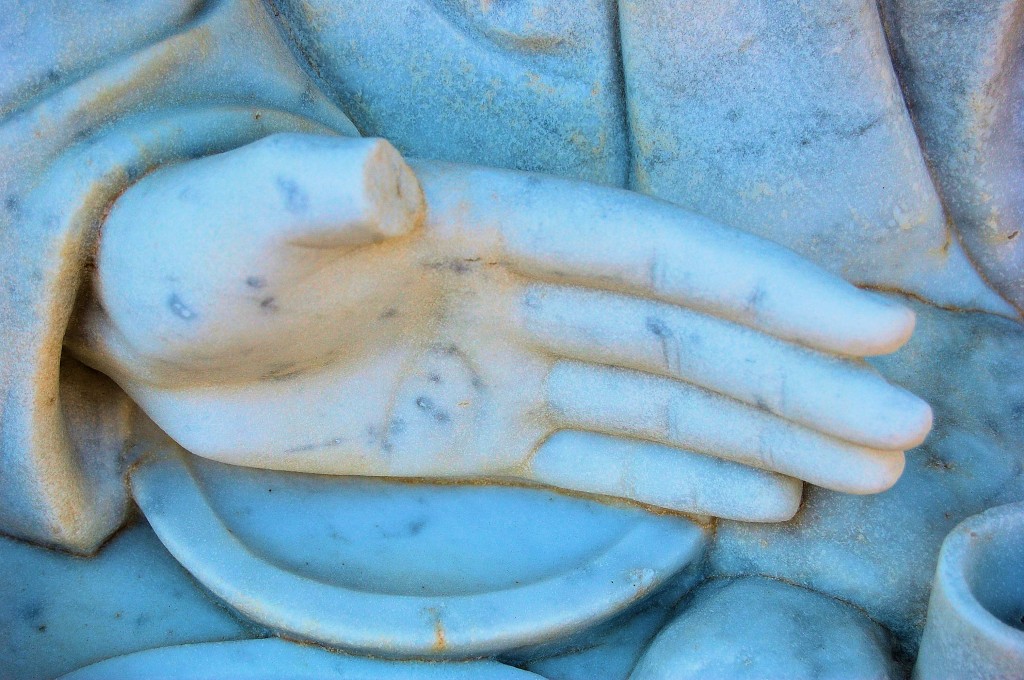





Made me sad. I am not a big fan of statues, except in cemeteries.
I go to cemeteries a lot more than I do museums, mind you, but I think most of the statues in Fort Worth are in its older cemeteries. Mount Olivet has an impressive bas-relief of the Last Supper and several other biblical statues. And a few military statues in bronze.